The Trickster and the Prophet: How the West Imported Russia’s Playbook
Surkov, Dugin, and the Engineered Collapse of Meaning
Hey, Slick!
I know the news feels... impossible lately.
Not just overwhelming—unreal. Everything’s confusing, contradictory. Hard to follow, harder to believe.
Institutions erode.
Language liquefies.
Discourse melts into mood—no longer meant to guide, only to signal.
Logos collapses into pathos.
Public language isn’t about conveying ideas anymore—it’s about projecting energy.
Political speech, commentary, and culture war polemics aren’t designed to orient anymore; they’re designed to signal allegiance, elicit emotional reaction, or dominate the moment.
We don’t talk to make sense—we talk to perform.
Truth isn’t the reference point—feeling is:
A tweet is “based” or “cringe”—not true or false.
Debate is just affective combat between curated micro-identities.
The social fabric of meaning-making is aestheticized, tribalized, and twitchy.
And what passes for reality? Feels like satire with a straight face.
Billionaires will quote Marcus Aurelius—then launch a surveillance satellite.
They’ll call themselves free speech absolutists—then ban you for saying the wrong thing. They’ll preach effective altruism—then torch a crypto empire, buy hookers and jets with customer deposits, and call it utilitarian math.
The President will declare he has no authority to bring home a wrongly detained American—jailed abroad despite a court order.
You’ll read about tariffs, then tariff pauses, then someone denying the pauses happened—all in the same news cycle.
That’s not propaganda, or policy, just… noise. Everything, everywhere, all at once. A thousand narratives, some of them contradictory, all backed by power.
Used to be simple; there was the message, and the dissidents.
Now the message changes by the hour.
Sometimes it contradicts itself on purpose.
“Nothing is true, everything is possible.”
Everything and anything, really.
The thing is, this isn’t just dysfunction.
It’s not even deception—not in the old sense.
It’s something worse, and stranger.
This, Slick, is non-linear warfare: not just physical conflict, but symbolic disintegration by design. The battlefield is belief, and the goal isn’t winning the argument—but to break the conditions that make arguments possible.
A strategy where confusion is the weapon.
Where every narrative is deployed, and none of it matters.
Where opposition is absorbed, choreographed, and sold back as part of the script.
Collapse as theater.
Crisis as a moodboard.
And once orientation is gone, the only thing left is performance.
Because when belief collapses—when the compass breaks—people stop resisting the play. They watch, they scroll, they perform their roles.
And into that void, something returns.
Not clarity or truth—myth.
But this time, myth is not meant to guide, but to govern; not to initiate, but to enthrall.
This didn’t happen by accident. What we’re living through was staged, designed.
First by a playwright of confusion—who made contradiction a tool of governance.
Then by a prophet of apocalypse—who re-injected myth, not to orient, but to conquer.
Their names?
Surkov and Dugin. The trickster and the prophet.
And their performance is no longer confined to Russia.
Act I. Surkov – The Playwright of the Unreal
“The people need theater. So we gave them theater.”
—attributed to Vladislav Surkov, architect of postmodern power
Long before the West drowned in its own contradictions, Vladislav Surkov had already mastered the tactic: confuse everyone. Tell every version of the truth; let them see the performance—and then dare them to care.
Surkov wasn’t just a Kremlin advisor. He was a conceptual artist of control, a playwright-turned-political operator who understood the symbolic layer of reality better than any Western strategist of his time. He didn’t just craft propaganda—he dismantled the very possibility of believing anything at all.
His genius wasn’t in deception. It was in curated contradiction:
Promote multiple opposing political movements—then control them all.
Stage fake opposition, then leak that it’s staged—so even real protest feels fake.
Flood the public sphere with so many narratives, each slightly plausible, that certainty itself collapses.
This was not propaganda in the 20th-century sense. This was something new: post-propaganda—designed not to convince, but to disorient.
Surkov realized that in the 21st century, truth would no longer be enforced—it would be made irrelevant. You didn’t need to lie well; you only needed to exhaust the capacity for belief.
Let the people see the strings. Let them argue about who's really pulling them.
What matters is that they keep watching the play.
Surkov’s Theater of Power
This wasn’t a secret strategy—it was practically theatrical:
Media outlets promoting conspiracy and patriotism in the same breath.
Cultural programming mimicking dissent while being state-funded.
Election interference so blatant it felt like parody.
But the effect was precise: it trained the population into cynical compliance.
Not belief, not rebellion—just the shrug of “everything’s fake anyway.”
As theorist Peter Pomerantsev put it,
“Nothing is true and everything is possible.”
And the terrifying thing was—everyone knew it.
And no one stopped it.
This is Sloterdijk’s “enlightened false consciousness” at scale. People know they’re being lied to—and go along with it anyway, not because they’re fooled but because disbelief has become safer than conviction.
Baudrillard’s Ghost in the Kremlin
Surkov didn’t just practice Baudrillard—he weaponized him.
Where Western postmodernism deconstructed meaning in universities, Surkov operationalized simulation into statecraft. He didn’t quote Simulacra and Simulation—he turned it into a governance code.
Politics became theater. The state became performance. Power became mood.
In this new order, contradiction was not a liability—it was the operating system.
And belief? Belief was a glitch to be resolved.
From Trickster to Blueprint
Surkov’s genius wasn’t just his method—it was his exportability.
He built the prototype for a world that runs on unreality.
And while he didn’t write the West’s collapse, he showed us how to stage it.
Collapse doesn’t have to look like ruin.
It can look like late-night comedy.
It can look like democratic spectacle.
It can look like too much information and no anchor.
Surkov understood what would happen when performance replaced principle—and he turned that into a blueprint for power in the age of unreality.
Act II – The West Becomes the Stage
Surkov built the prototype.
But the West?
We’d already built the set.
He didn’t need to export his methods.
We were ready.
We had the fractured media.
The outrage economy.
The boredom, the irony, the fluency in contradiction.
The audience already knew their lines.
All it took was the right cast.
Trump: The Chaos Actor
We didn’t get a tyrant—we got a reality show host with a golden toilet.
A man who didn’t hide the strings—he turned them into memes.
Contradiction wasn’t a flaw; it was the point.
“He said that? But yesterday he—”
“That’s fake news.”
“But it’s a direct quote.”
“So what?”
He didn’t try to resolve the contradictions.
He surfaced them.
He governed like a content drop—resetting the feed, short-circuiting cause and effect.
He didn’t lie to convince.
He lied to flood the zone.
Truth wasn’t denied—it was outcompeted.
Memes, Irony, and the Algorithmic Machine
Surkov ran state media like a stage. The West had its own: Twitter. TikTok. Reddit. YouTube.
What took Kremlin money to manufacture happened here organically—or better yet, entrepreneurially (with just a little Kremlin seed funding just to get things rolling).
We had Bannon, who knew how to flood the zone with shit and call it strategy.
We had Cambridge Analytica, harvesting psychographic profiles and feeding paranoia back into the system.
We didn’t need a Ministry of Truth: we had targeted ads.
Memes as ideology.
Shitposts as insurgency.
Aesthetic contradiction as branding.
4chan as oracle.
Irony became the new plausible deniability:
“I’m not really saying that—I’m just joking. Unless you agree. Then I’m serious.”
Nothing sticks. Everything loops.
Everyone’s playing a part in a spectacle they didn’t audition for.
No one knows who wrote the script.
And if you resist? You’re part of the show.
Engagement is currency; even dissent becomes analytics.

No One Needed to Hack Us
The West’s immune system was weak.
Attention? Saturated.
Media? Fractured, monetized, algorithmic.
Trust? Burned by scandal, drained by performance.
Pluralism? Not coherence, just overload—exhaustion with better optics.
We’d been trained—slowly, culturally—to distrust, to perform, to scroll.
By the time someone like Surkov appeared, we’d already built our own version.
Not with ideology. Not with coercion.
But with venture capital.
We didn’t resist the playbook.
We gave it better production value.
The West didn’t fight Surkov: it became him.
Act III – Simulation as Terrain
By now, the collapse of truth no longer needs to be engineered.
It sustains itself.
We’ve moved past the era of politics as contest, or ideology as belief. We’ve entered something else entirely:
Simulation as terrain.
The unreal is no longer the mask; it’s the world.
Baudrillard and Debord: The Ghosts in the Feed
We were warned.
Guy Debord wrote that modern life would become a spectacle—where social relationships are mediated by images, and reality is displaced by its representation.
Then Baudrillard went further:
Simulation doesn’t hide the real—it replaces it.
We don’t just watch the show. We live inside it.
That’s where we are now.
Politics isn’t debated—it’s branded.
Identity isn’t expressed—it’s performed.
Policy isn’t implemented—it’s signalled.
The signs no longer point beyond themselves. They point to nothing.
And they do it beautifully.
Everything Becomes Representation
You see it everywhere:
Protesters filming themselves.
Politicians selling merch and peddling meme coins.
Presidents posing for candid photos with war machinery.
Debates reduced to reaction videos.
Movements collapsing into vibe alignment: aesthetic first, ideology optional.
Even rebellion gets fed through the performance loop. A protest becomes a TikTok montage. The algorithm decides who gets the revolution next.
No one needs to fake anything anymore; everything is already pre-curated.
Performances of Governance
We no longer live in systems of governance.
We live in performances of governance.
The ballot box is still there—but who we’re voting for is increasingly a storyline.
Press briefings look like press conferences—but everyone’s playing a role.
War is announced, paused, resumed—in tweet threads.
The rituals remain.
The structure remains.
But the referents are gone.
And when the performance is good enough,
we stop asking if it’s real.
Because real is no longer the category that matters.
V. Act IV – Dugin: The Prophet Who Brings the Fire
“Yet, only that which increases freedom will make the choice of authentic Being a reality—only then will the stakes be truly great, when the danger is infinite. Unlike other political theories, the Fourth Political Theory does not want to lie, soothe, or seduce. It summons us to live dangerously, to think riskily, to liberate and to release all those things that cannot be driven back inside.”
— Aleksandr Dugin, The Fourth Political Theory
Surkov dissolved belief; Dugin brought something to believe in.
Where Surkov governed by contradiction, Dugin speaks in absolutes.
Where Surkov blurred reality, Dugin ignites it.
He is not a strategist.
He is not a technocrat.
He is a prophet—of myth, apocalypse, and spiritual war.
A Philosophy of Fire
Alexander Dugin is the architect of the Fourth Political Theory—a vision for a post-liberal, post-modern world centered not on reason or rights, but on civilizational destiny.
He draws on Heidegger, Traditionalism, esotericism, Orthodox mysticism, and Eurasian imperial longing to craft a new narrative:
Liberalism must collapse.
Modernity is soulless.
The West is the Antichrist in drag.
Russia must become the Katechon—the eschatological force that holds back the End.
This is not political theory in the Western sense.
It is myth-as-geopolitical software.
It is prophecy-as-policy.
Surkov Disorients; Dugin Re-Enchants.
Together, they are a ritual sequence.
Surkov clears the land.
Dugin plants the myth.
One collapses orientation; the other offers an answer so total it can’t be questioned.
Where Surkov gave the people theater, Dugin gives them destiny.
Not simulation, but sacralization.
Not performance, but prophecy.
Not relativism, but spiritual warfare.
He doesn’t hide it.
He names it.
Russia is not just a nation—it is the axis of resistance, the bearer of spiritual renewal, the host of the last true myth.
The Anti-Cassirer
In the West, after World War II, we were taught to fear myth.
Ernst Cassirer warned that myth, left unchecked, could lead to fascism.
So we neutered it.
We traded revelation for rhetoric.
We turned myth into metaphor—then wondered why no one would die for it.
We kept the aesthetics, but cut the orientation.
Dugin doesn’t neuter myth.
He unleashes it, wields it like a weapon.
Not as guidance, but as force; not as meaning, but as fire.
His myth does not whisper. It summons.
His gods do not teach. They burn.
He remembered what the West tried to forget:
Myth moves empires.
Myth commands obedience without asking for evidence.
Myth doesn’t need to explain—it only needs to resonate.
The Fire Itself
Where Surkov hollowed the sacred—turned belief into theater—Dugin lit the hollow on fire.
He gave people something ancient, eschatological, and absolute.
Not a platform. A calling.
Not a future. A fate.
His myth doesn’t pretend to be democratic.
It pretends to be divine.
And in a world of saturation, contradiction, and collapse—sometimes, that’s enough.
Not because it’s true.
But because it feels truer than truth.
Because once belief is gone, only myth can fill the silence.
The West didn’t just lose its myths. It left them unattended. And someone came to claim them—not to protect, but to wield.
Act V – The Return of Myth, Hollowed and Rebranded
Surkov cleared the land.
Dugin planted the fire.
And in the West?
Myth returned, too.
But not with awe.
Not with orientation.
Not with sacrifice.
It came back as branding.
As signal.
As costume.
We feared what myth could do, so we tried to tame it.
We took away its telos, its initiation rites, its metaphysical weight.
But we left its symbols intact.
Its emotional force.
Its capacity to bite.
We removed the orientation—and kept the teeth.
We rejected the gods.
Then reanimated them—for clicks, power, aesthetic, and control.
A. The Myth of Acceleration
This is the gospel of tech-futurism:
AI as prophecy.
Mars as salvation.
Longevity as virtue.
Transhumanism as transcendence.
The billionaires speak like mystics:
“We’re upgrading humanity.”
“We’re becoming gods.”
But their gods live in data centers, and their altars are investment decks.
They quote Marcus Aurelius.
Then launch a surveillance satellite.
This isn’t myth as reverence.
It’s productized eschatology—a future you can subscribe to.
Immortality as a service plan.
Meaning as a UX flow.
The sacred, but optimized.
The soul, but monetized.
B. The Myth of Restoration
Here, the future is rejected—not for critique, but for aesthetic regression.
Tradwives and Orthodox aesthetics.
Bloodlines and fertility cults.
Bronze Age Mindset, Christian nationalism, soft eugenics with a #blessed filter.
It’s not a return to tradition, it’s a cosplay of the sacred. Purity without prayer; ritual without reverence; obedience without grace.
This myth doesn’t revive the past: it simulates it.
Like Dugin’s myth, it offers clarity—but not wisdom.
Only belonging through performance.
C. The Myth of Aestheticized Collapse
For those who reject both progress and restoration, there’s a third current: Doomcore. Collapsecore.
Apocalypse as aesthetic.
Pagan revivalism crossfaded with AI mysticism.
Meme-prophecy delivered in TikTok tones: “The age of man is over. Praise the mushrooms.”
This isn’t resistance, revolution, or return.
It’s curated surrender wrapped in aesthetic.
Not initiation—just immersion.
The Common Thread
The West, too, re-injected myth—but as simulation, not initiation. Just a symbol to wear.
The sacred reappears only as aesthetic; the costume remains, but the path is gone.
All three of these mythologies claim to offer different exit routes from modernity.
But none of them offer orientation.
They simulate myth without transformation.
They summon power without initiation.
They project meaning without metaphysics.
They aren’t myths in the sacred sense.
They are costumes sewn from fear.
Myth didn’t return as compass. It returned as spectacle. And we welcomed it—because after the collapse of belief, even a hollow god feels better than none.
Act VI – Sovereignty in the Cloud: Network Feudalism and the New Kings
While we were watching the myths, power moved without narrative.
It didn’t need to declare itself.
It didn’t need to explain.
It just restructured the terrain.
No shots fired. Just sovereignty rewritten in code, a quiet reordering from states to stacks.
The Vertical of Power, Reimagined
In Russia, Surkov called it the vertical of power—a centralized hierarchy masked by democratic theater.
But in the West, the structure was different.
Not a vertical—a network.
Decentralized in form.
Private in ownership.
Interoperable in infrastructure.
The state still performs legitimacy.
But the real levers—data, logistics, platforms, payment rails—belong to the new lords.
And they didn’t inherit castles (at least not all of them); they built clouds.
Who Rules Now?
The new kings don’t wear crowns.
They wear hoodies.
They write protocols.
They hold your identity in a database and your desires in an algorithm.
Amazon runs logistics.
Google indexes epistemology.
Apple regulates the portal to perception.
Palantir mines your patterns.
BlackRock reallocates your future.
Governance didn’t vanish.
It modularized.
The CEO became the sovereign.
The platform became the palace.
The user became the tenant-serf.
You don’t vote for your feudal lord; you subscribe.

Network Feudalism as Post-Political Order
This isn’t managerialism.
Managerialism still had systems, rules, flowcharts—this just has terms of service.
This is network feudalism: soft on the surface, opaque at the core, and governed not by laws but by terms of service.
It’s not imposed by tanks. It arrives via interface.
It doesn’t demand your loyalty. It absorbs it.
The engineers are not just kings—they are priests of the machine.
You don’t confess to them; you generate data. And the algorithm delivers judgment.
Obedience isn’t required.
Participation is enough.
You opt in.
You scroll.
You sign without reading.
You live inside a stack that can de-platform your reality at any moment.
The Rituals Remain. The Sovereigns Have Changed.
We still hold elections.
We still pass bills.
We still debate policy on screens.
But the real decisions—on access, attention, and survival—are made by systems no one voted for and no one can see.
Our kingdoms are protocols.
Our kings are engineers.
Our myths are marketing.
And as we argue over which simulation to believe in, the real game, Slick, plays out in code, in contracts, in clouds.
Act VII – Orientation as the Soul’s Refusal
You cannot fight simulation with outrage.
You cannot meme your way out of spiritual collapse.
You cannot reclaim the sacred by dressing like it.
We don’t need more content.
We don’t need better aesthetics.
We don’t need another myth to cosplay.
What we need is orientation.
Not as a slogan: as a stance of the soul.
Refusal Is Not Negation
This is not reaction. Not a call to trad values or new gods, not a return-to-something.
And it’s not utopia, either.
It’s refusal.
Refusal to perform when everything demands performance.
Refusal to obey the algorithm of attention.
Refusal to worship the mask of the sacred, while the real thing is still buried beneath us.
This kind of refusal is not passive. It is a posture, a fidelity, a spiritual act.
It is saying: I will not serve this unreality.
Not because I’m pure—
but because I remember what it means to be human.
What Endures
It’s not myth we lack, Slick—it’s the walk through fire. We need to walk the path, not just wear the symbol.
We need:
Feeling without irony.
Meaning without domination.
Myth lived with risk and humility—not just performed.
Not every truth must be told.
Some truths are lived.
Some are guarded like fire.
And some are only made visible when we are ready to carry them.
The truths we live by must be earned.
What we long for isn’t clarity: it’s consecration. To feel that even in this world, something still matters enough to be sacred.
Not The Gods Returning—Us Remembering
Nietzsche didn’t call for the resurrection of the gods.
He called for us to become worthy of bearing their presence.
Not to build temples—to become one.
Orientation is not dogma, it’s discipline of soul.
A kind of attention.
A kind of courage.
To live not ironically, but faithfully.
Even when the world laughs.
Especially then.
Coda – You Cannot Simulate the Sacred
You can fake attention.
You can fake engagement.
You can fake identity, belonging, even rebellion.
But you cannot fake the sacred, Slick.
You can brand it.
You can mimic its language.
You can wear its symbols.
You can wrap your ideology in its aura.
But if there is no initiation, no reverence, no interior transformation—
Then there is no flame. Only the costume left behind.
The Fire Power Can’t Steal
Surkov tried to dissolve the real.
Dugin tried to weaponize it.
The West tried to monetize it.
None of them could create the sacred; they could only simulate its shadow.
You can’t algorithm your way to grace.
You can’t code your way to truth.
You can’t aestheticize your way to orientation.
The sacred arrives when something is unbought, undeniable, unperformed—something that demands something of you.
Reverence Is the Refusal They Can’t Monetize
This isn’t about purity, optimism, or escape.
It’s about carrying the fire, even when everything around you is stagecraft.
It’s about turning inward—not to retreat, but to recover something uncorrupted.
Something that says:
I am not a brand.
I am not a signal.
I remember what you tried to erase.
The Final Refusal
This world may continue collapsing.
Simulations may keep winning.
New myths may rise—false, seductive, enthralling.
And still—we choose orientation. To stand for something, to choose a direction in a world designed to disorient.
Not because it wins.
Not because it scales.
Not because it performs well.
But because something in us still bows.
Not to the spectacle, to the algorithm, to myth rebranded for the end of the world.
To what is real. To what is sacred. To what still calls us by name.
Still burning.
Still worth bearing.
And if we remember it, Slick—
Maybe we’re not lost after all.
And if you want to go further, Slick:


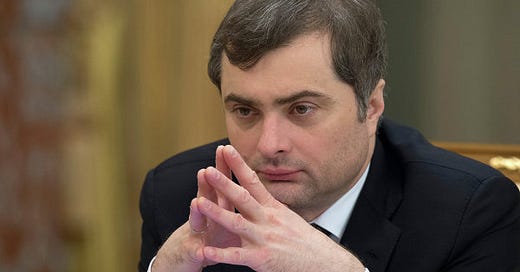




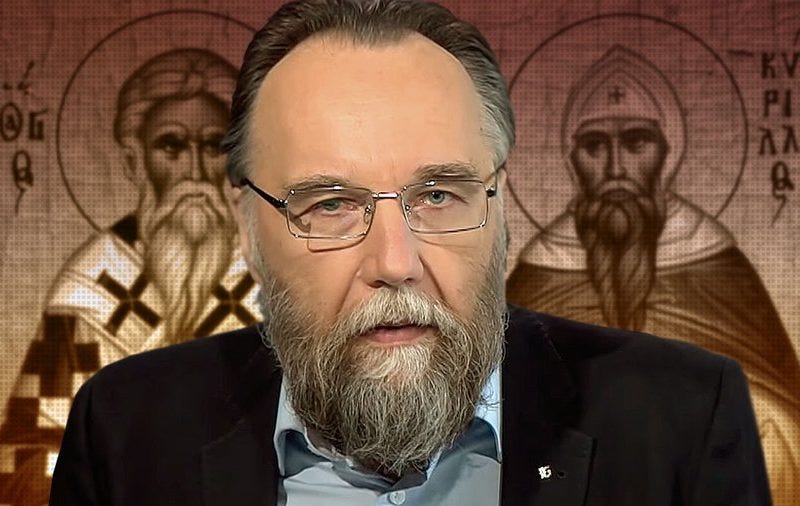
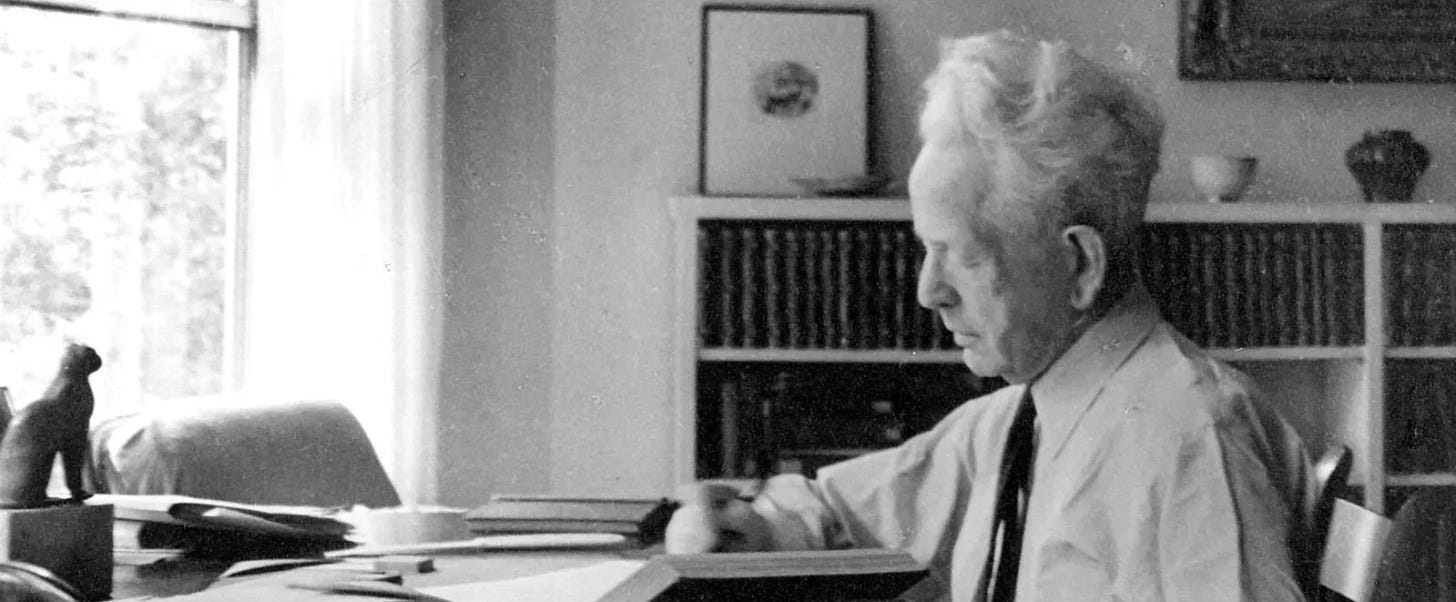
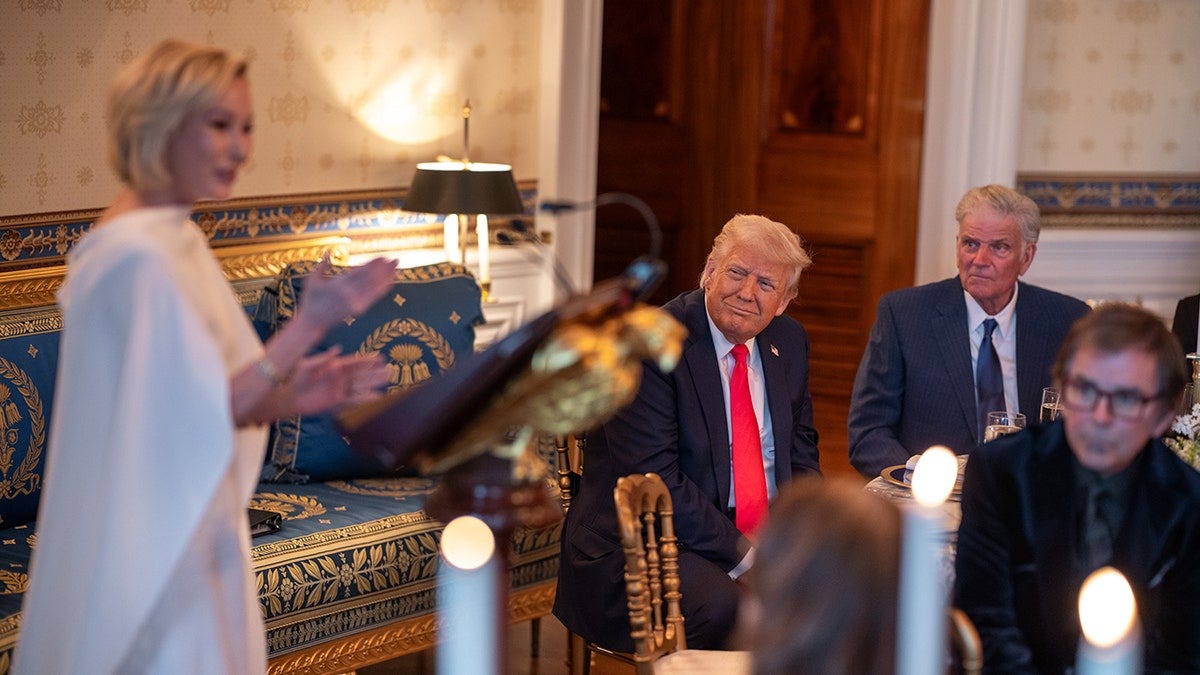
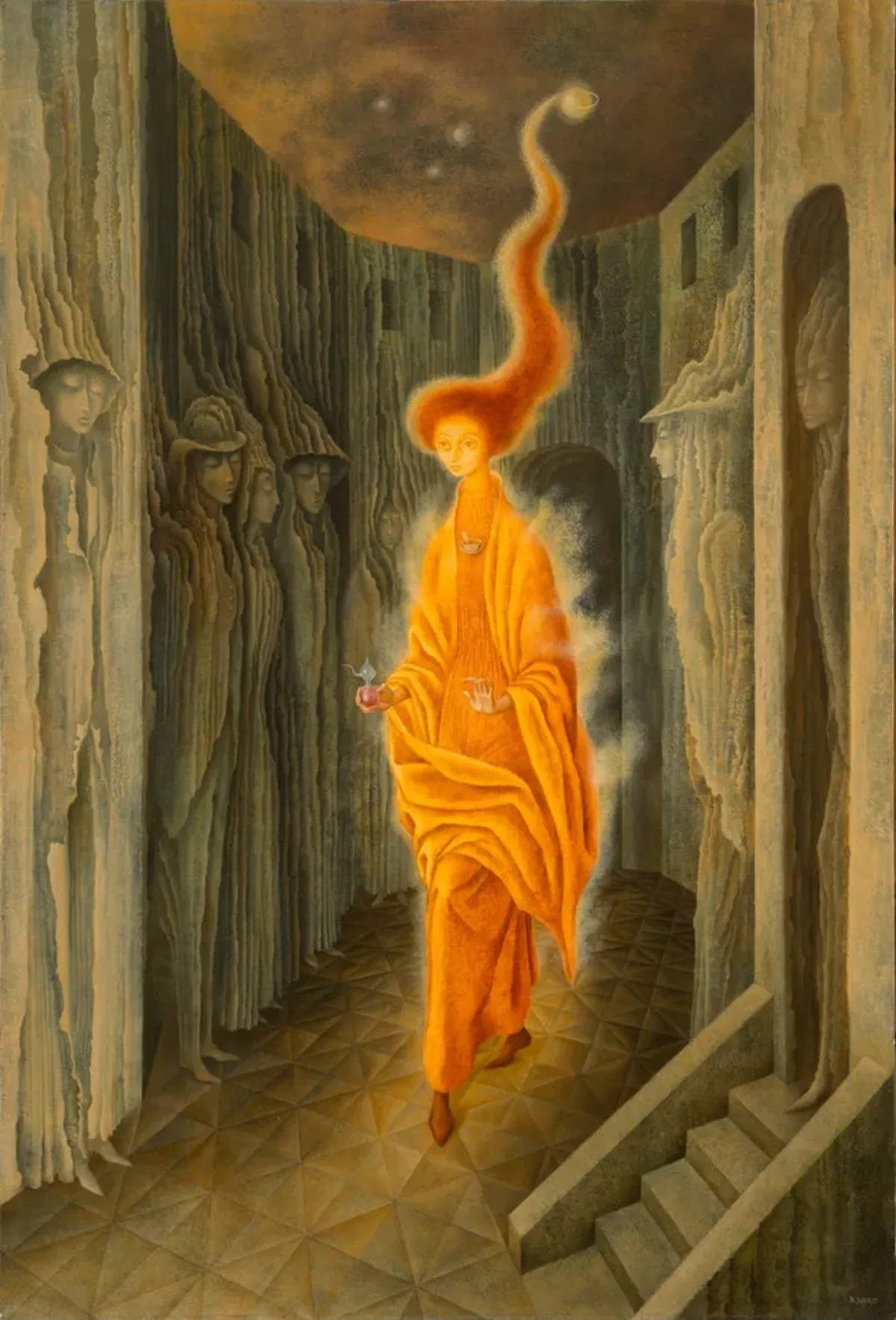
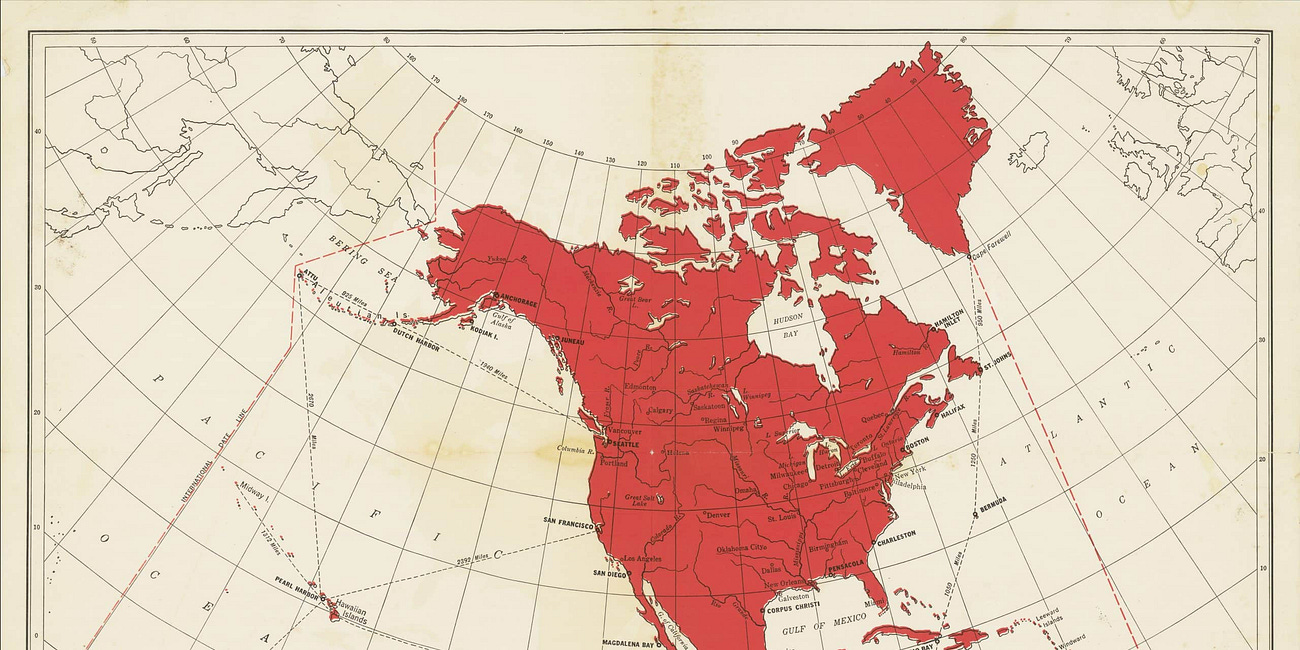

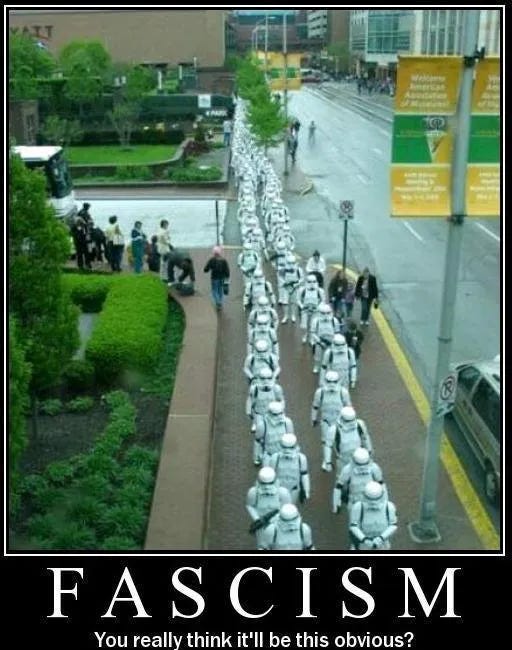
A passing grade on a test based on your post should be required to vote. Cogent, terrifying insights into how we got where we are.
The Fire Power Can’t Steal! Eliot has something to say about this…
“The dove descending breaks the air
With flame of incandescent terror
Of which the tongues declare
The one discharge from sin and error.
The only hope, or else despair
Lies in the choice of pyre or pyre-
To be redeemed from fire by fire.
Who then devised the torment? Love.
Love is the unfamiliar Name
Behind the hands that wove
The intolerable shirt of flame
Which human power cannot remove.
We only live, only suspire
Consumed by either fire or fire.”